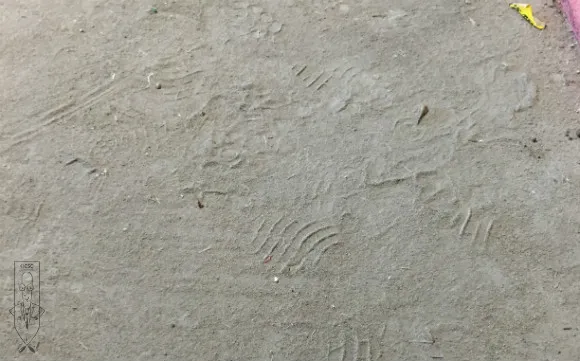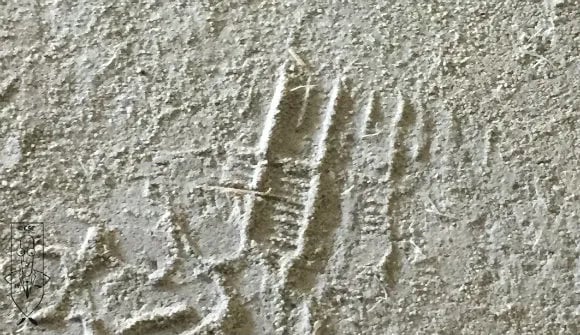
June 2016

The modern day construction site is under massive pressure to deliver and quite often site managers can struggle with programs when trades are not able to keep up with their sequencing. There is always pressure to get on with the work and to avoid delays, meaning that screed drying time is a tempting target to shorten.
The image above shows a dusty corridor and the natural reaction would be to ignore the issue, assuming it had been noticed in the first place. There are plenty of people on site generating dust with perhaps the dry liners at the top of the list. However, careful investigation would have shown that the trades were not guilty as they had not been working in the corridor and that the dust must have be down to some other explanation.
In this case the dust was caused by early trafficking of the screed. Screed is not a wearing surface as its main purpose is to provide a level surface for the final floor finishers to put down their tiles, wooden floors or vinyl. During the screed laying process the top layer can be closed up either through troweling or a by process that might use a piece of machinery such as a pan float. If the screed has not been protected and the screed has not been left alone for the requisite time before traffic then the top surface of the screed can easily be disturbed. Once the surface layer has been compromised the screed will easily wear away with the end result of dust creation.
The answers are naturally:
